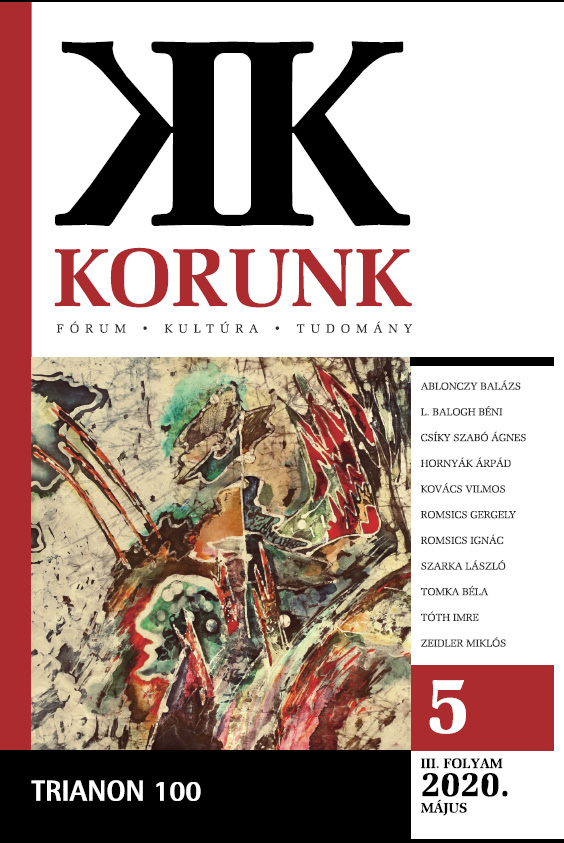A trianoni békediktátum katonai előírásai. Törekvések a magyar haderő életben tartására és fejlesztésére, 1920–1927
The Military Specifications of the Treaty of Trianon: Efforts at the Maintenance and Development of the Hungarian National Defense Forces (1920-1927)
Author(s): Vilmos KovácsSubject(s): Interwar Period (1920 - 1939)
Published by: Korunk Baráti Társaság
Keywords: Peace Treaty of Trianon; Hungarian National Defense Forces; Inter-Allied Commission of Control
Summary/Abstract: This study summarizes the Hungarian National Defense Forces’ situation during the time period indicated in the title, with a view to the manufacturing of military equipment and supplies, also reflecting upon the background, the following years, and the organizational changes. Setting out from the military and war industrial resolutions of the Peace Treaty of Trianon closing the First World War, for the now independent Hungary, the article analyses the options of the Hungarian war industry, its partial recovery, development, and the organization of its state control. In the latter case, it presents how the top state organization could cooperate with the private companies theoretically under its control. The author touches in detail upon the fact that despite the prohibitions and restrictions, with the knowledge and active support of the Defense Forces’ leadership, the Hungarian war industry became capable of securing and developing a production capacity essentially exceeding the approved limits, in other cases converting available production lines for military production. Regarding the above-mentioned aspects, the paper describes the structure and units of the InterAllied Commission of Control, its tasks, and power of control. The study covers the evasion of Entente supervision, supported by the state, for example by introducing double-entry bookkeeping and concealing the army’s forbidden or excessive items under other Ministries’ formations. The article lastly describes the development plans and the partial realization of these after the end of the continuous Entente supervision in 1927. The military aid given to the Polish nation and Army during the Polish-Bolshevik War in 19191921 is an interesting and illuminating, yet less known part of the study. This act was crowned by giving shelter to Polish refugees in the autumn of 1939.
Journal: Korunk
- Issue Year: 2020
- Issue No: 05
- Page Range: 99-109
- Page Count: 11
- Language: Hungarian

